How to Free Up Storage on iPhone Without Deleting Anything (Photos, Apps, Etc.)
Are you constantly battling iPhone storage alerts but not ready to part with any photos, apps, or personal content? You’re not alone. Many people seek ways to free up space on their iPhones without deleting precious memories or essential apps. Fortunately, there are plenty of ways to achieve just that. In this article, we’ll explore how to clear iPhone storage without deleting everything. From optimizing media storage to smartly managing temporary files and leveraging web solutions, you’ll find clear steps to reclaim your space. The proof lies in your device’s improved performance and newfound storage capacity after applying these tips.
Is Cleaning Storage Without Deleting Anything Possible?
Several factors impact the feasibility of freeing up space on your iPhone while keeping what matters most. Since there is no way to expand the internal memory capacity of an iPhone, it’s essential to consider how the device is used and what kind of data is occupying the most storage.
1. Photo Overload
- Reorganize Photo Storage: If your iPhone is overloaded with photos, there’s a limited amount you can do without removing some of them. However, reorganizing your photo storage can help. You can store them in cloud services like iCloud or Google Photos, which allows you to access them without keeping them on your device.
- Reduce Photo Size: Convert photos to more efficient formats like HEIC, which offers high-quality images at smaller sizes.
- Optimize Storage: Enable iCloud Photo Optimization to store high-resolution versions in iCloud while keeping smaller versions on your device.
2. App Accumulation
- Identify Unused Apps: Investigate whether there are apps you haven’t used for a long time. Instead of deleting them, consider offloading them. Offloading an app removes the app but retains its data, so you can easily reinstall it if needed.
- Manage App Cache: Apps often accumulate cache data, which can go unnoticed but takes up significant space. Reinstalling apps can clear out this cached data.
3. Cached and Old Data
- Clear Browser Cache: Browsers like Safari collect cache over time. Clearing your browser cache can free up space without affecting your personal content.
- Remove Old Messages: Messages and their attachments can take up a lot of space. Regularly deleting old messages or setting them to delete automatically after a certain period can help.
- Clean App Data: Some apps store old data that’s no longer needed. Check app settings for options to clear cache or old files.
Given these factors, it’s useful to think about how your iPhone is used and analyze its storage space. Reviewing and identifying what takes up the most space allows you to tackle those areas first, freeing up storage without losing what’s important to you.
How to Increase iPhone Storage Without Deleting Any Photos
Optimizing your iPhone’s photo and video storage is a key method for freeing up space without deleting your cherished memories. By using smart strategies, you can effectively reduce storage usage while keeping all your photos intact. Implementing these techniques will help you increase your iPhone’s storage capacity without losing any important media.
Method 1: Utilize iCloud Photo Optimization
Activating iCloud Photo Optimization allows your iPhone to store high-resolution versions of your photos and videos in iCloud, while keeping smaller, space-saving versions on your device. This helps free up storage without losing access to your media.
- Open the Settings app on your iPhone and tap on Your Name to access Apple ID settings.
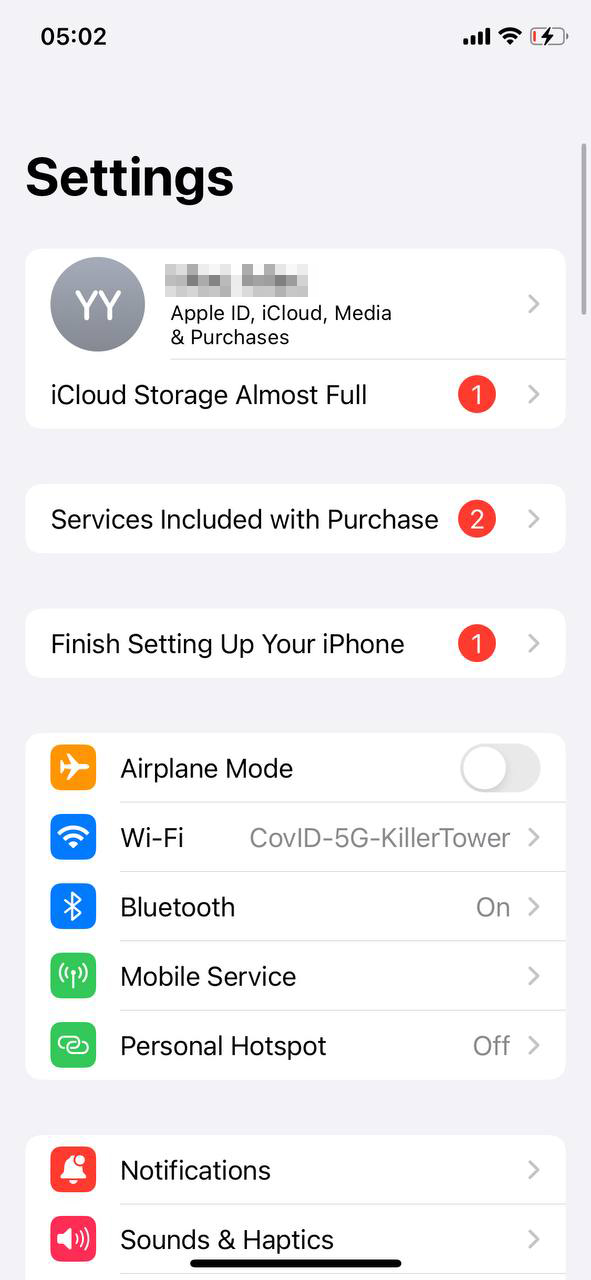
- Choose iCloud to manage iCloud settings.
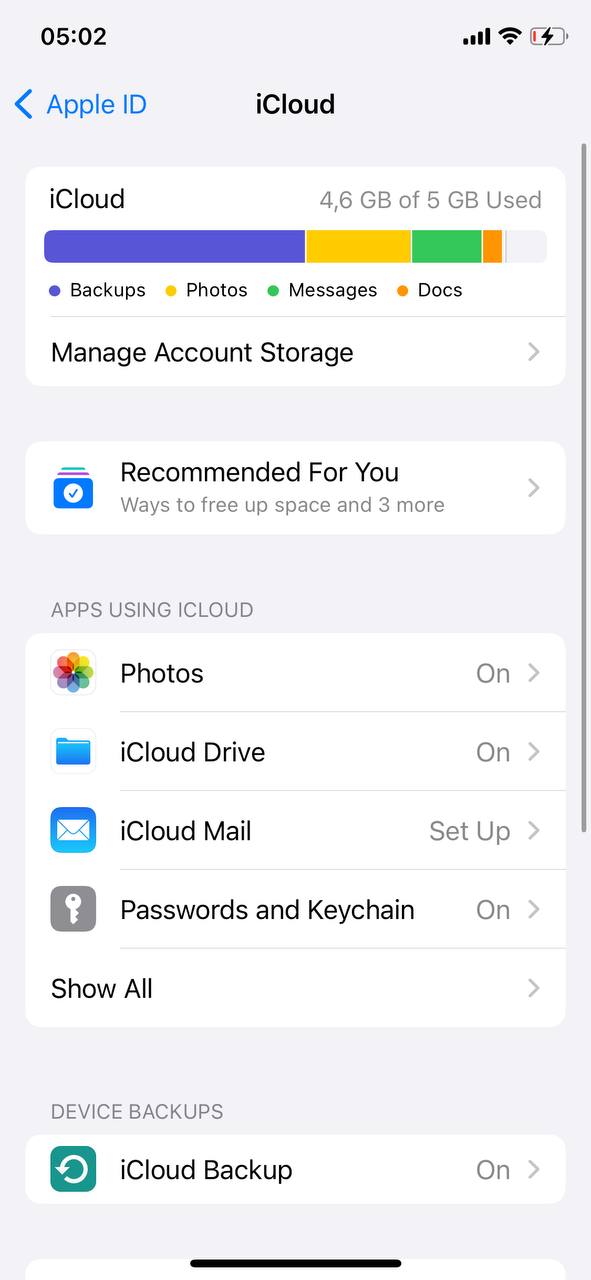
- Select Photos.
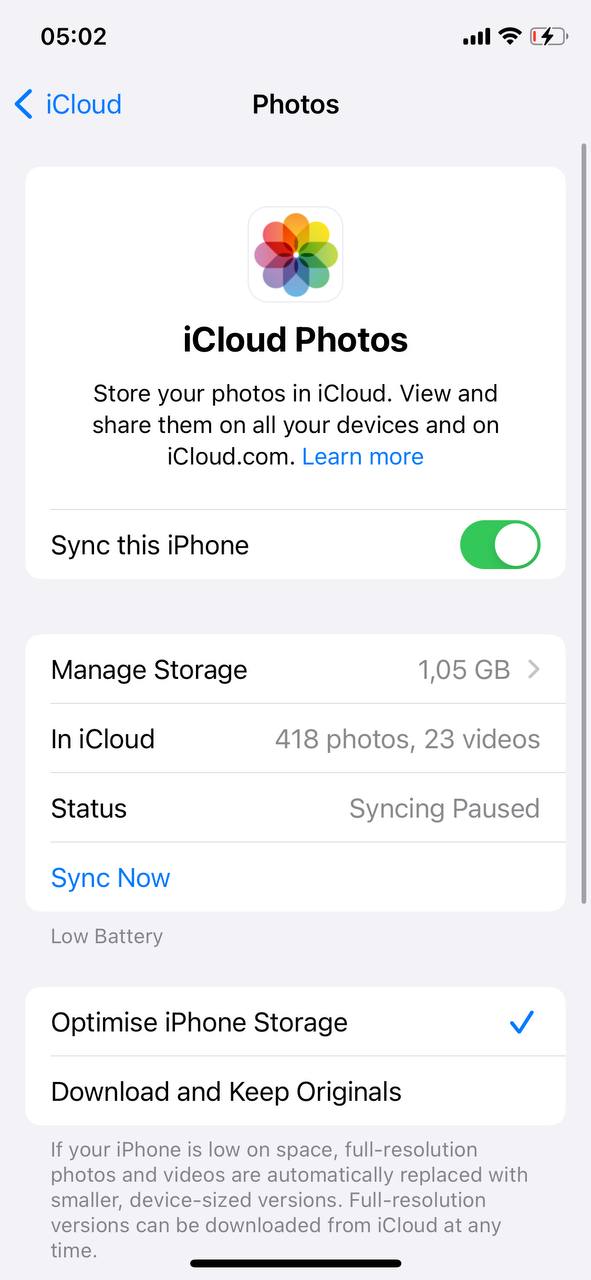
- Turn on Optimize iPhone Storage. This setting ensures that only storage-efficient versions of photos and videos are kept on the device, with originals stored in iCloud.
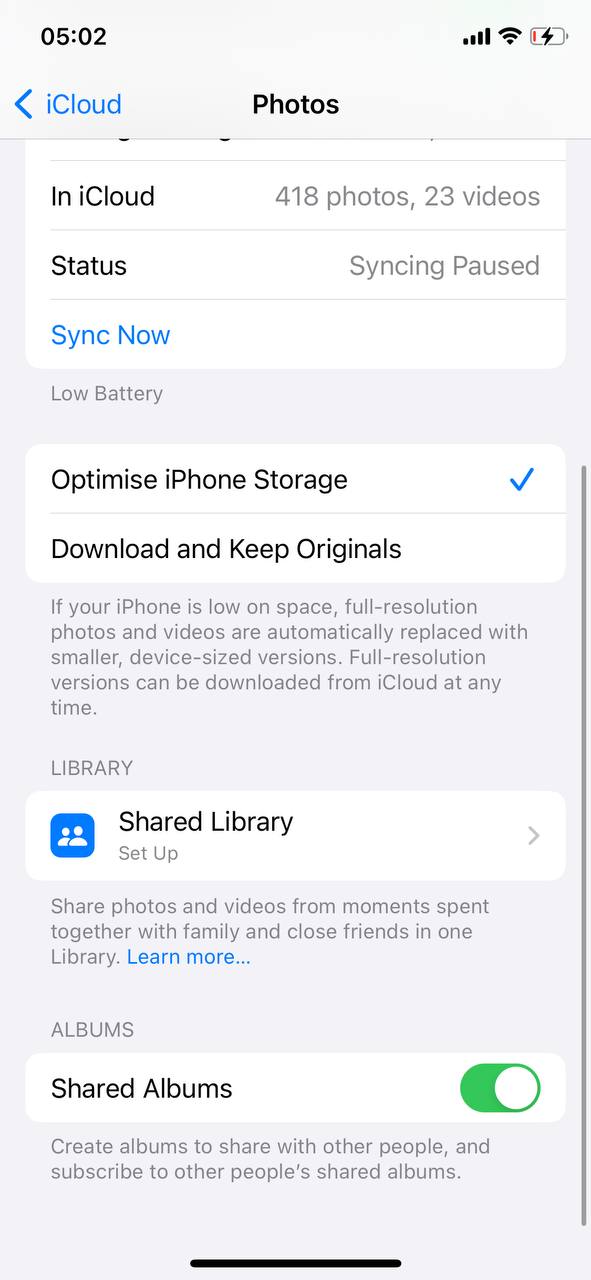
This method is ideal for freeing up space while ensuring your photos and videos are easily accessible. However, there’s an obvious catch: accessing the full-resolution versions of your photos and videos will require an internet connection, and if you reach your iCloud storage limit, you might need to purchase additional space from Apple.
Method 2: Manage Burst Photos and Screenshots
Regularly managing burst photos and screenshots can significantly free up storage. Burst photos, often taken inadvertently, can accumulate quickly, and screenshots might be less useful over time.
- Open the Photos app and go to your Albums.
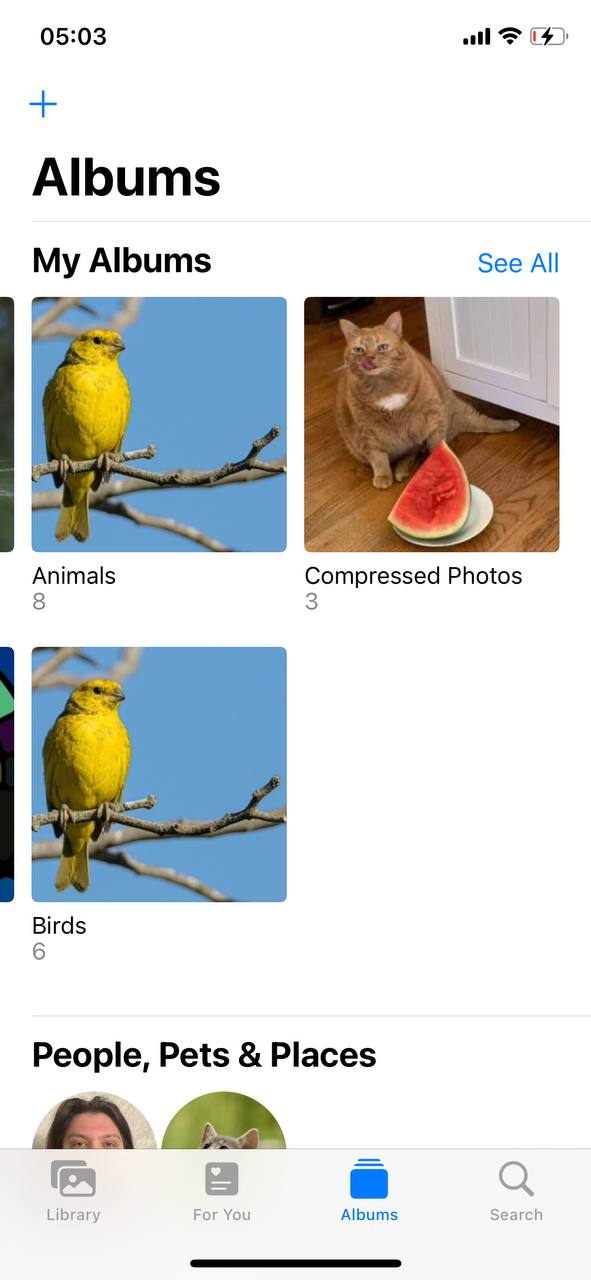
- Look for the Bursts album or use the search feature to find all burst photos. Review these and keep only the best shots.
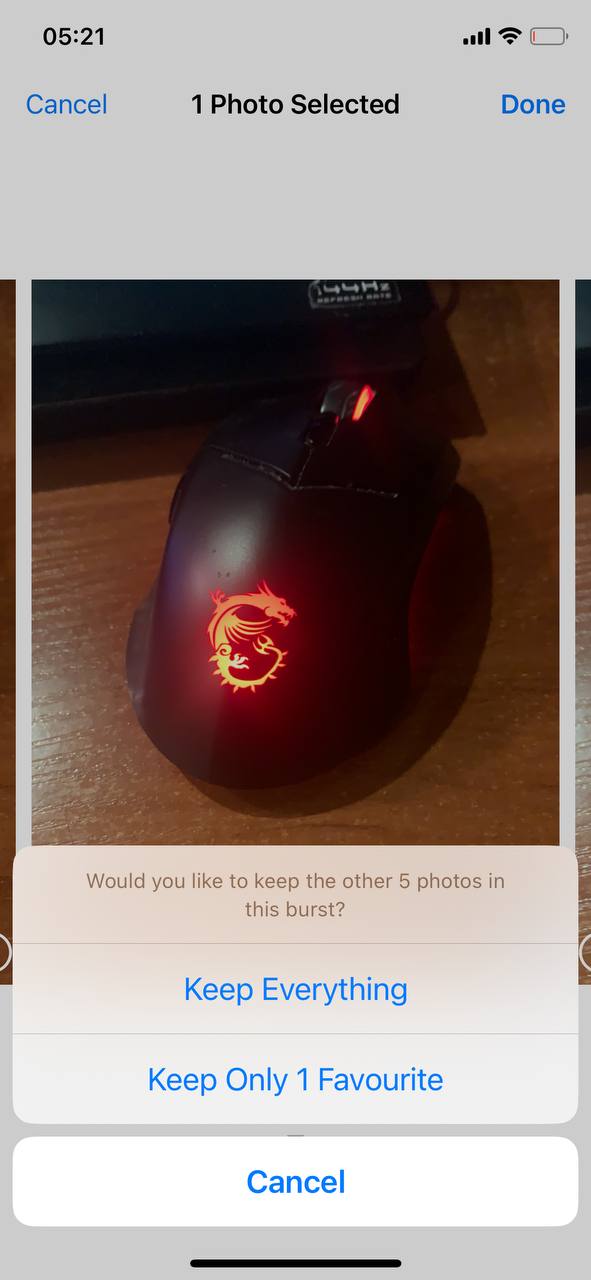
- Similarly, check your Screenshots album for duplicate screenshots or those you no longer need.
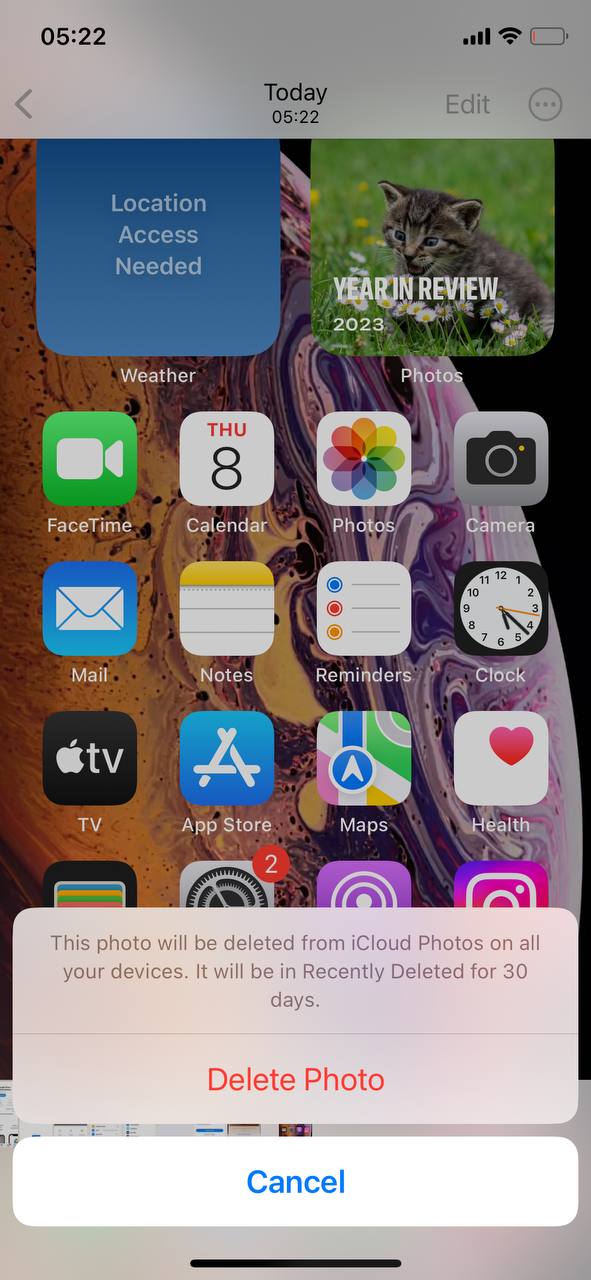
By periodically cleaning out unnecessary burst shots and screenshots, you’ll recover valuable storage space. Keep in mind, though, that once deleted, these cannot be recovered unless backed up elsewhere.
Method 3: Convert Live Photos to Still Images
Converting Live Photos to still images can free up space, as Live Photos consist of a still image paired with a video clip, increasing their file size.
- Open a Live Photo in the Photos app.
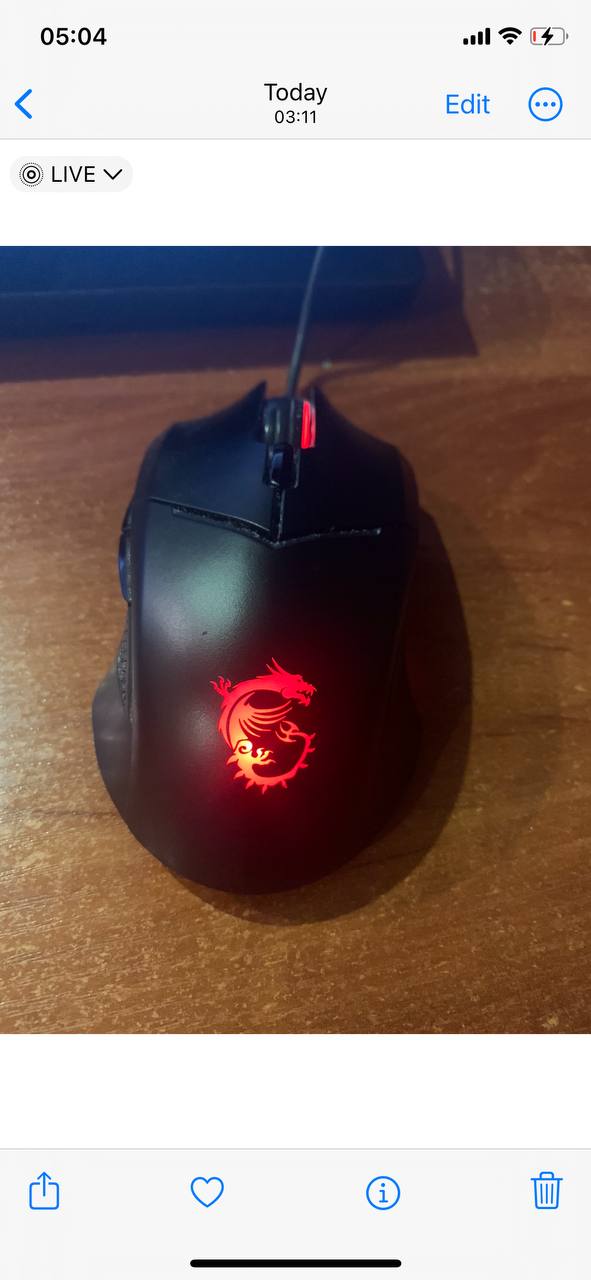
- Tap on “…” button and select Duplicate.
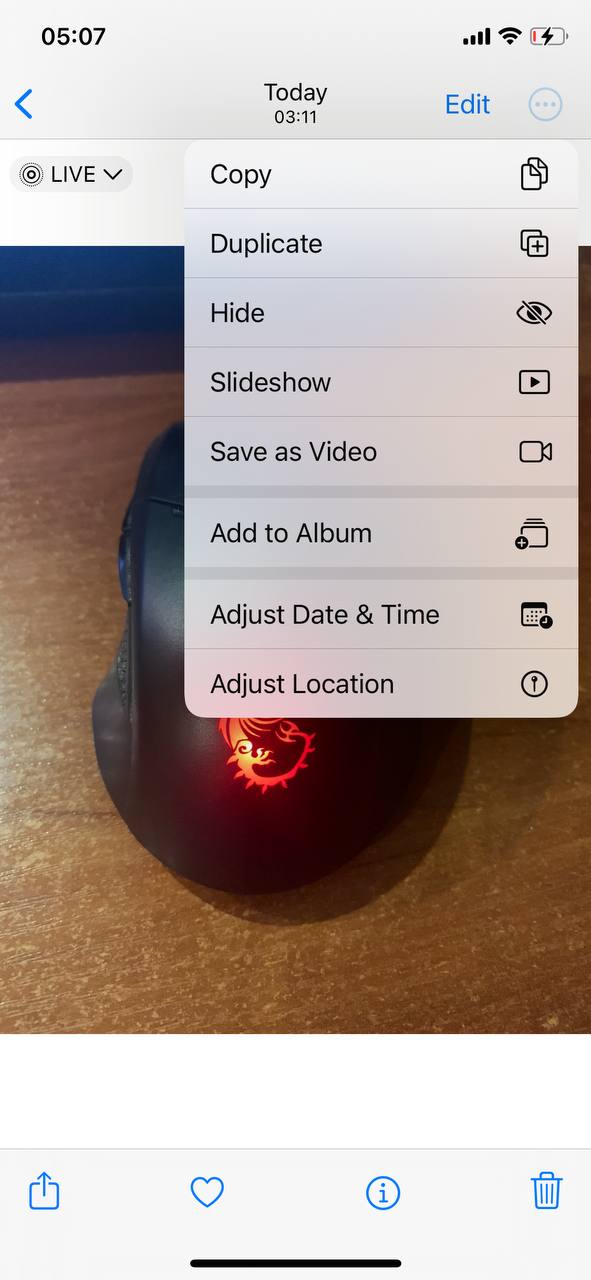
- Choose “Duplicate as Still Photo” to convert the Live Photo to a still image. You can now get rid of original live photo or offload it to a cloud storage (more on this later).
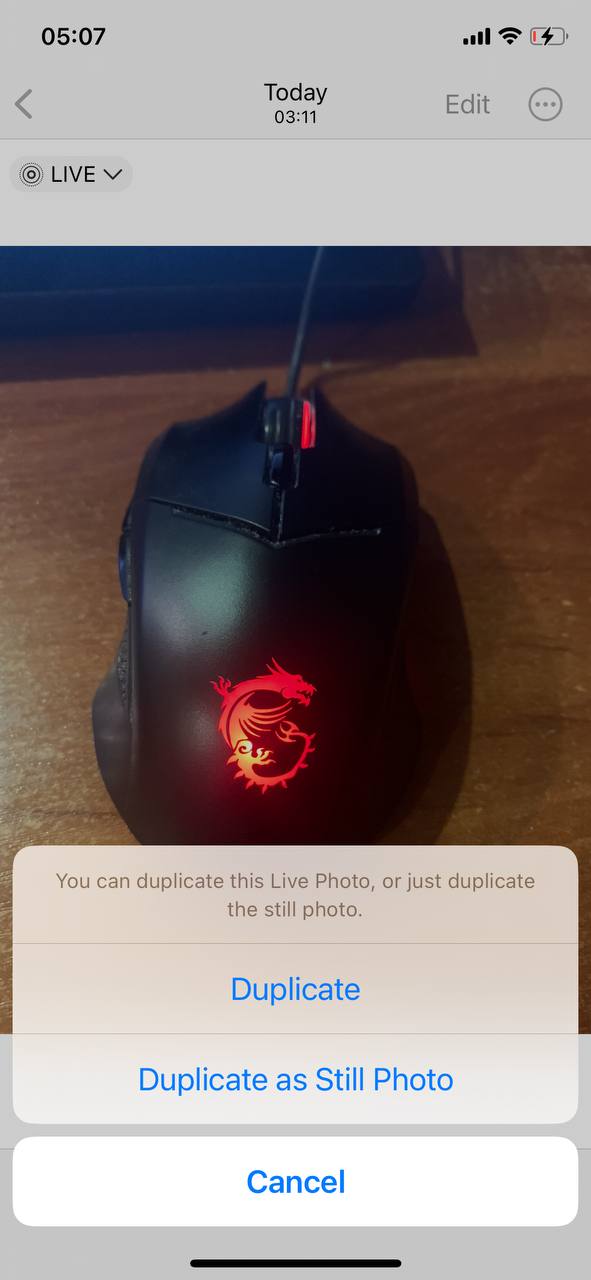
This process reduces the storage each photo uses. Remember, converting to a still image means losing the motion part of the Live Photo, so consider this before converting cherished memories.
Method 4: Adopt HEIC Format for New Photos
Switching to the High Efficiency Image Format (HEIC) for new photos can significantly reduce their file size without compromising quality. This format is especially beneficial for devices running iOS 11 and later.
- Go to Settings on your iPhone.
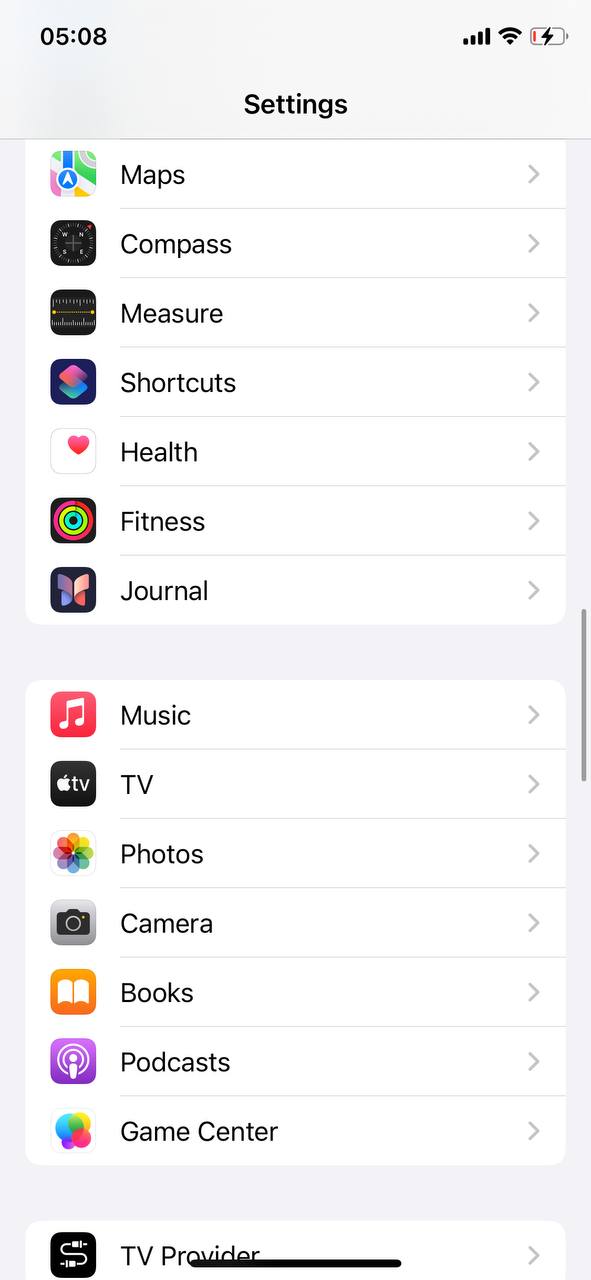
- Select Camera, then tap on Formats.
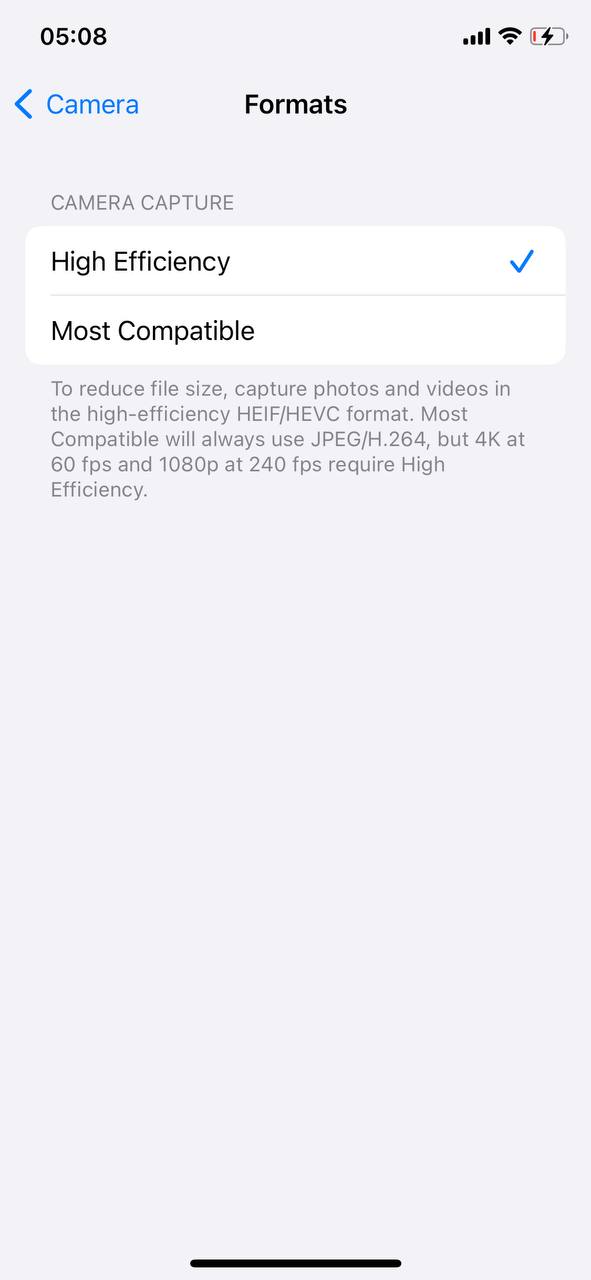
- Choose High Efficiency to enable HEIC format.
Adopting HEIC for new photos helps conserve storage space. However, be aware that HEIC might not be compatible with all devices or services, so check compatibility if you plan to share these photos.
By following these advices, you can significantly reduce the space occupied by photos and videos, thus freeing up storage on your iPhone without deleting anything.
How to Free Up Space on iPhone Without Deleting Anything Important
Temporary files, like cache and app data, can accumulate over time, taking up space on your device. Freeing up space on your iPhone without deleting anything important involves smart management of your device’s storage. By addressing cached data, optimizing app usage, and utilizing cleaning tools, you can reclaim storage space effectively. This approach allows you to maintain access to all your essential apps and data while keeping your iPhone running smoothly.
Use Built-in iOS Options for Clearing Cache
Clearing cache and other temporary data directly through iOS settings can help free up space without removing any personal content. Here’s a step-by-step guide for Safari, one of the most common areas where cache accumulates:
- Open the Settings app, scroll down, and tap on Safari.
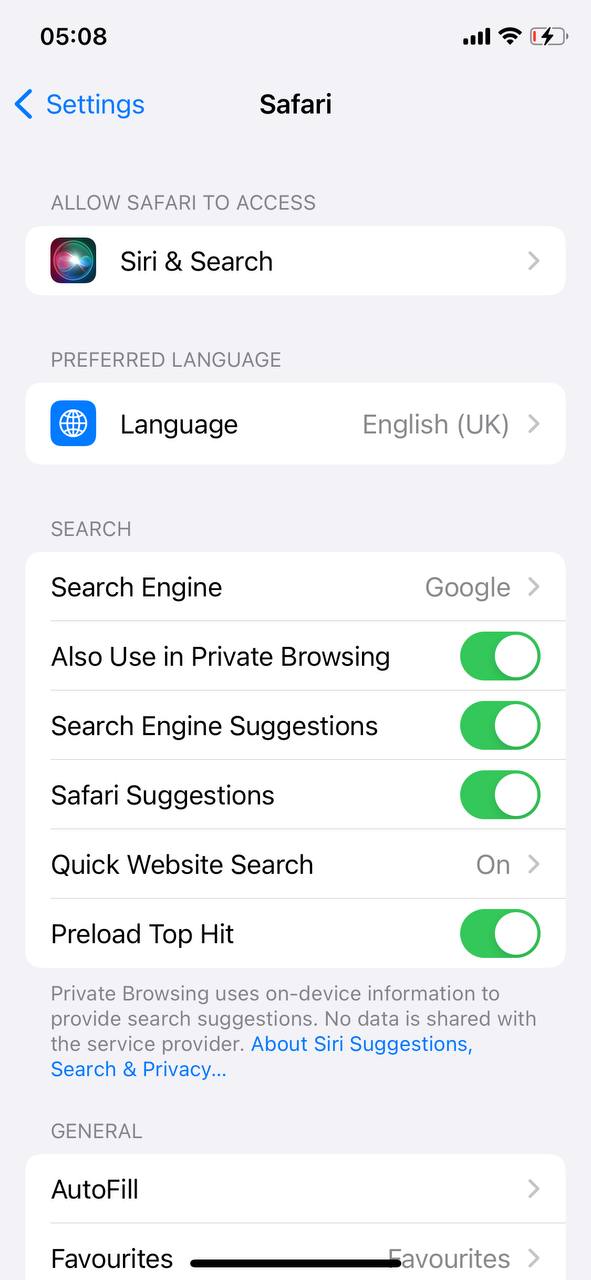
- Within Safari’s settings, find and tap on the option to Clear History and Website Data.
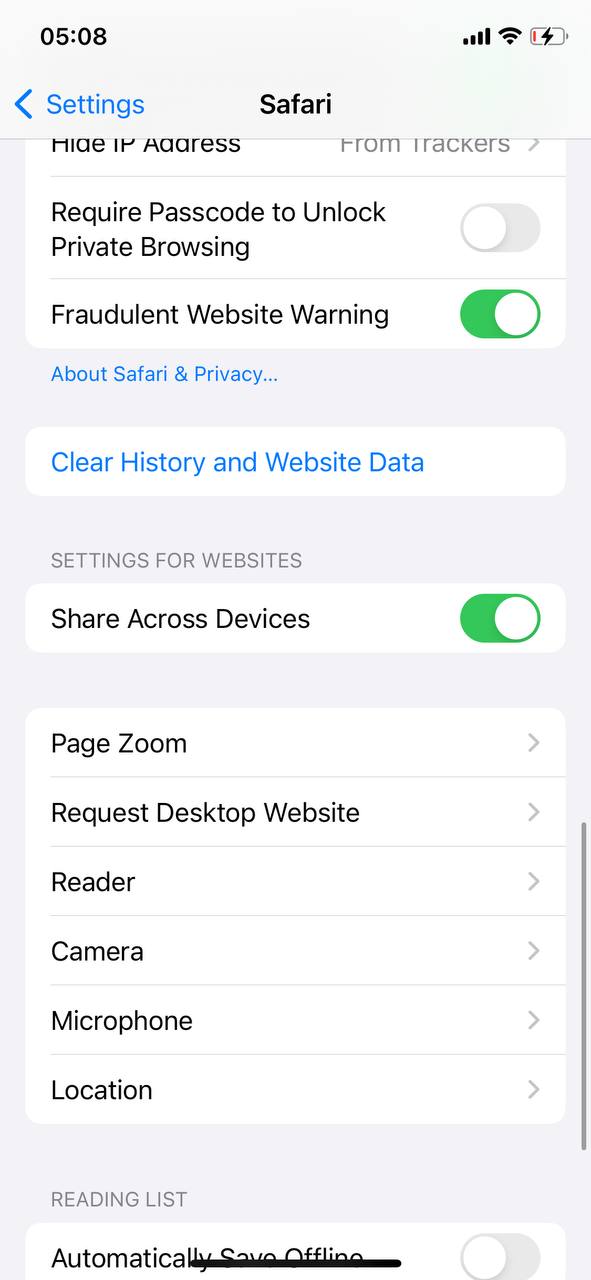
- Confirm to remove history, cookies, and other browsing data. Note that this action will log you out from websites you’ve been browsing.
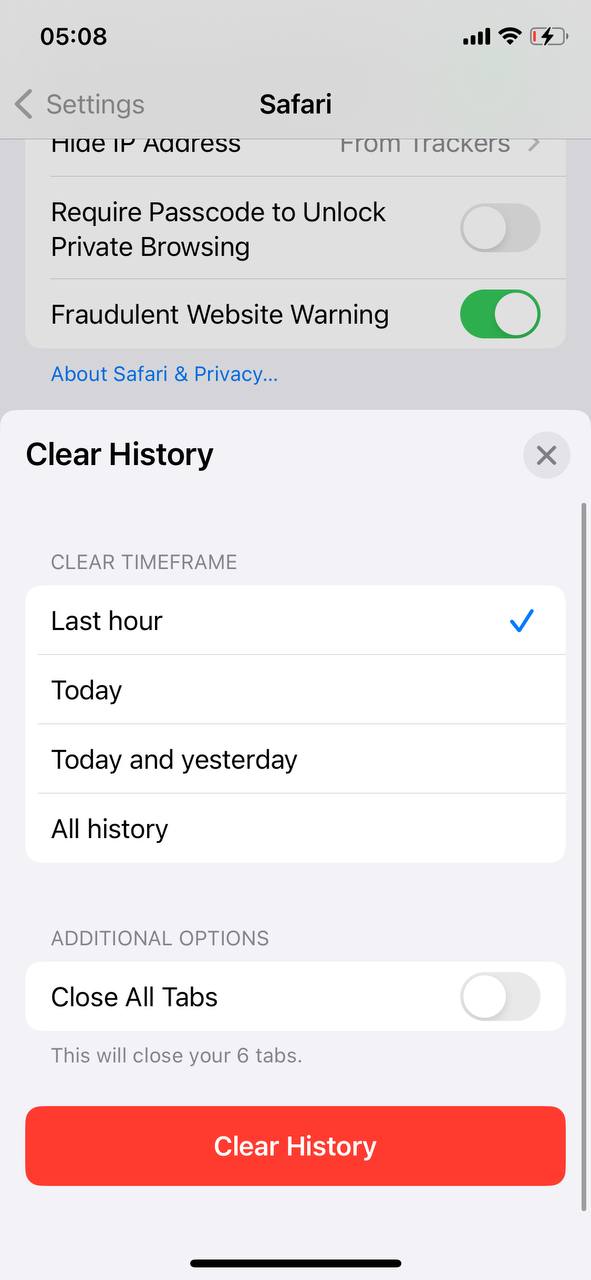
For apps that do not offer a direct way to clear cache within iOS settings, check within the app’s own settings or preferences for any available options to clear cache or data.
Utilize Third-Party Apps for In-Depth Cleaning
For more thorough cleaning beyond what’s available through iOS’s built-in features, several third-party apps can help. Here are three highly-rated options:
- Boost Cleaner – Clean Up Smart: Boost Cleaner excels in eliminating temporary files that clog your system. It dives deep into your iPhone’s storage, uncovering cache files, cookie traces, and other residual data from your daily usage. By purging these unnecessary files, Boost Cleaner restores valuable space and enhances your device’s efficiency.
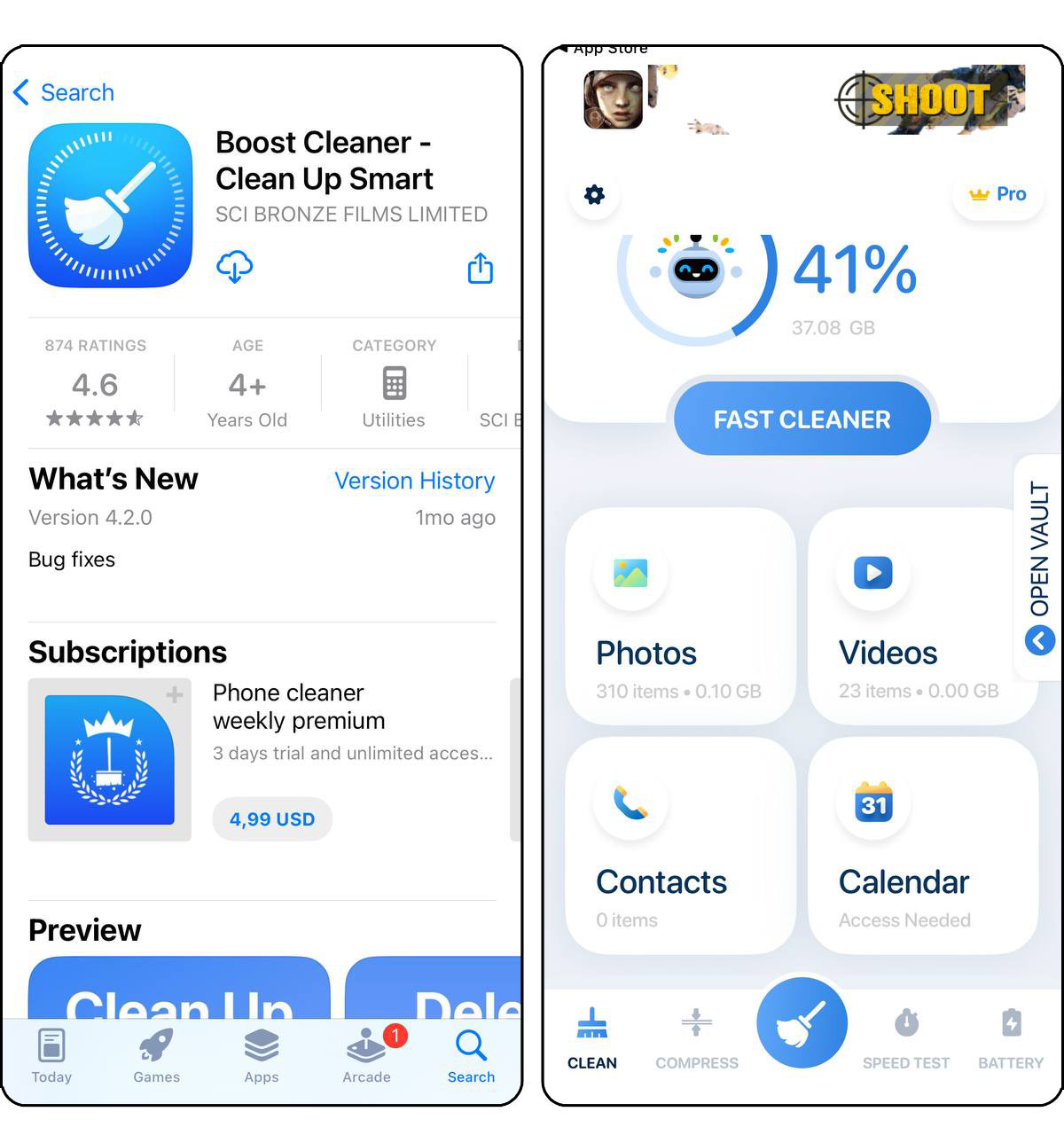
- Cleanup: Phone Storage Cleaner: This software focuses on decluttering your iPhone from the inside out, targeting temporary files, cache, and other hidden junk that accumulates over time. It also offers photo compression and duplicate removal, but its strength lies in its thorough cleansing of the files you don’t see, making more room for what matters.
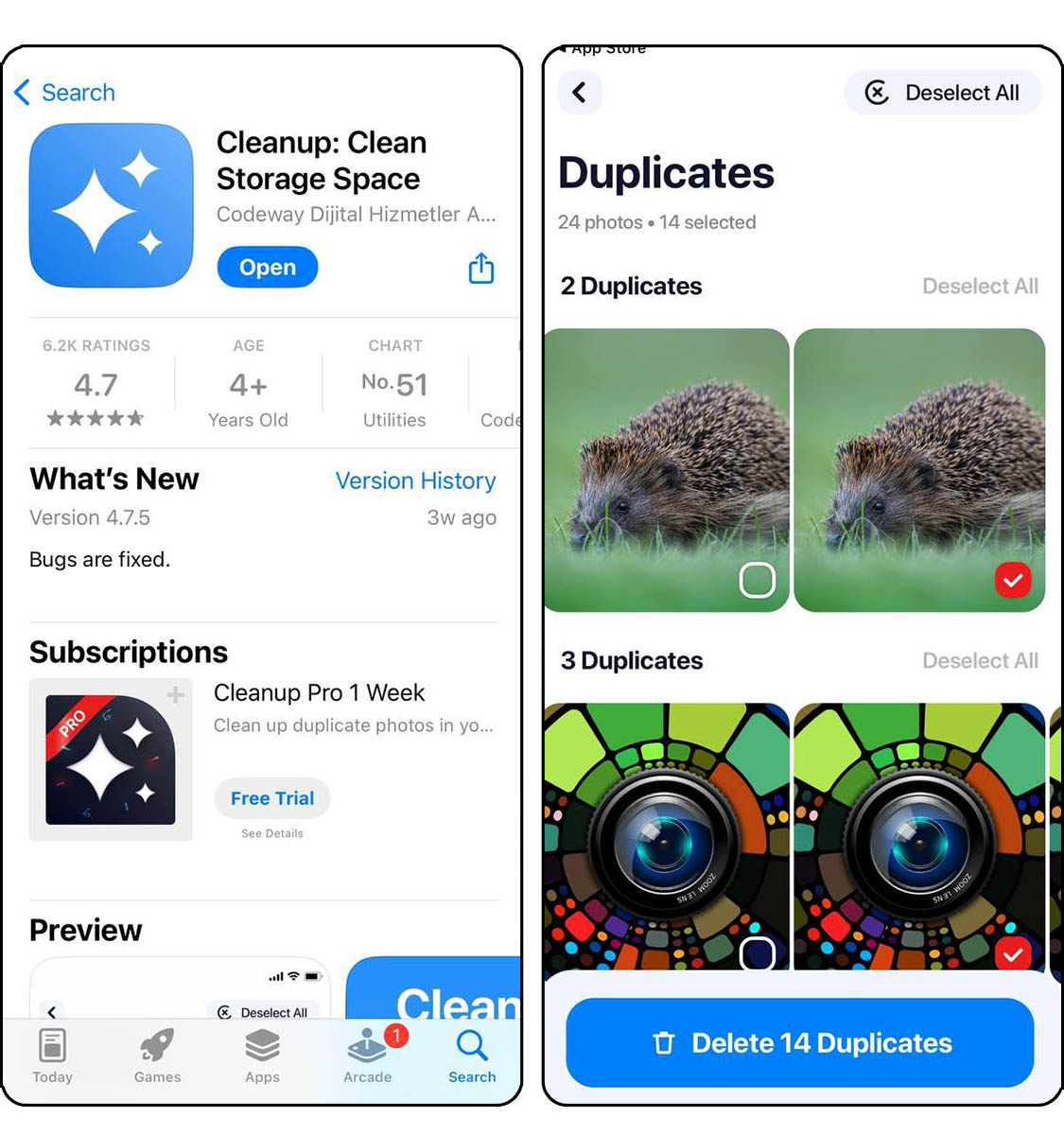
- Cleaner – Free Up Storage: It provides a detailed analysis of your iPhone’s storage, pinpointing areas where temporary and cache data linger unnecessarily. By focusing on these often-overlooked areas, Cleaner – Free Up Storage efficiently recovers storage space, ensuring your device remains fast and responsive.
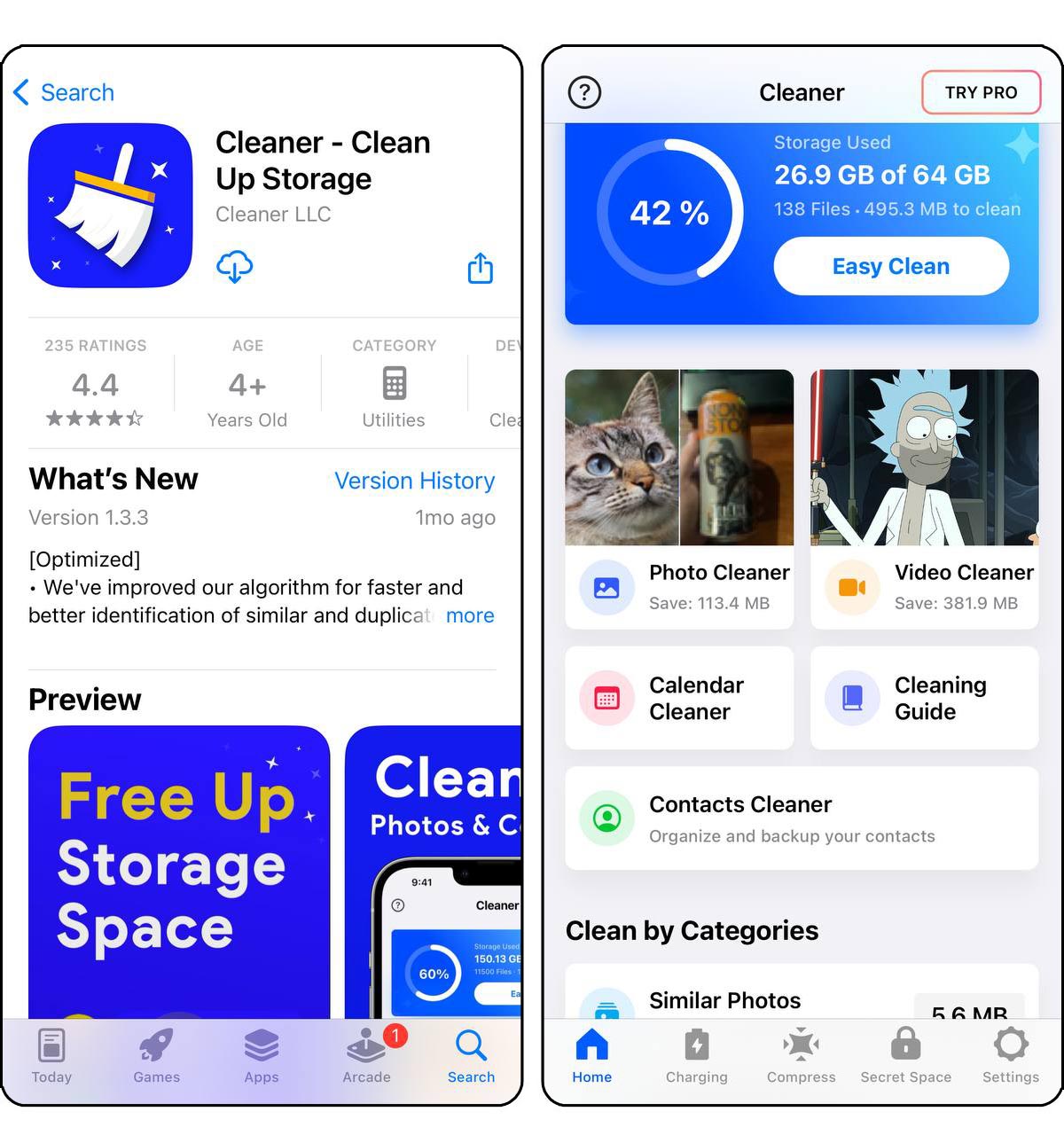
Each of these apps offers a unique set of features designed to improve your iPhone’s storage situation. Depending on your specific needs, you may find one more suitable than the others.
Offload Unused Apps
One effective method to free up storage space on your iPhone without deleting apps entirely is by offloading them. Offloading removes the app itself but retains its data, allowing you to reinstall the app later without losing any of your personal information or settings.
Follow these steps to offload unused apps on your iPhone:
- Open Settings: Launch the Settings app on your iPhone.
- Go to General: Scroll down and tap on General.
- Select iPhone Storage: Tap on iPhone Storage to view a list of apps and the storage they are using.
- Choose an App: Select an app that you want to offload. You’ll see options to Offload App or Delete App.
- Tap Offload App: Tap Offload App. A confirmation message will appear, explaining that the app will be removed but its documents and data will be kept.
- Confirm Offloading: Confirm your choice by tapping Offload App again.
If you want to automate this process, you can enable automatic offloading of unused apps:
- Open Settings: Launch the Settings app on your iPhone.
- Go to App Store: Scroll down and tap on App Store.
- Enable Offload Unused Apps: Toggle the Offload Unused Apps switch to on. This setting will automatically offload apps that you haven’t used for a while, while keeping their data.
How to Make Space on iPhone by Utilizing Cloud Services
Utilizing cloud services is an effective way to free up space on your iPhone without deleting any important content. By streaming music and movies instead of downloading them, and using cloud storage for documents, you can keep your device’s storage uncluttered.
Stream Music and Movies
Streaming services offer a vast library of music and movies without the need to store them on your device. Here’s how to make the most of these services:
- Identify your preferred streaming platforms. Popular choices include Spotify for music and Netflix or Hulu for movies and TV shows.
- Download the respective app from the App Store. Ensure you’re downloading the official app to avoid security risks.

- Create an account or sign in if you already have one. Many services offer a range of subscription options, including free tiers with ads or premium subscriptions for ad-free experiences.
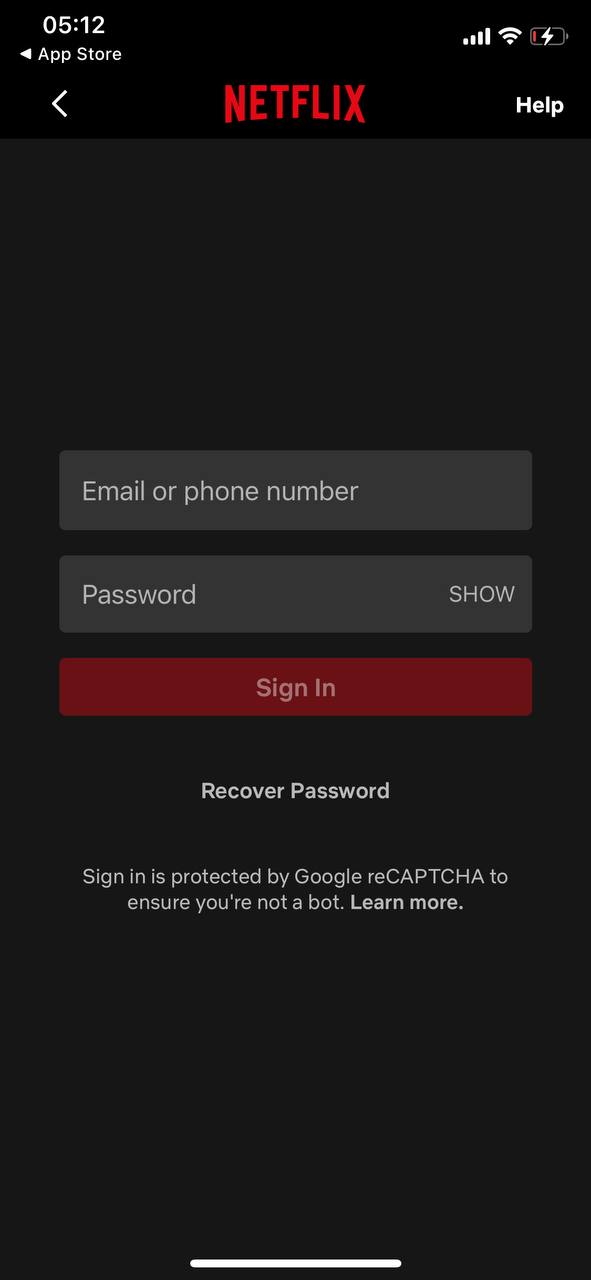
- Explore the library and start streaming. You can search for specific titles, browse curated playlists or recommendations, and even download content for offline viewing in some cases, which can be managed to minimize storage use.
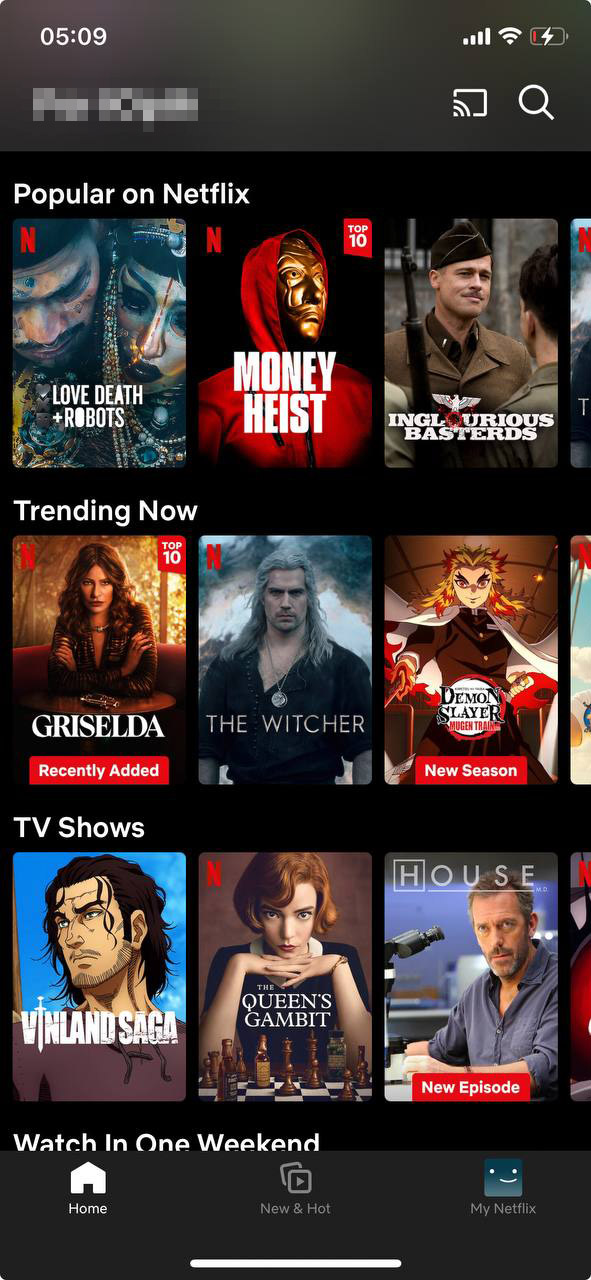
By streaming your entertainment, you can save significant storage space that would otherwise be used for large media files, keeping your device’s storage free for other important uses.
Use Cloud Storage for Documents
Opting for cloud storage solutions allows you to access and manage your documents without storing them locally on your device, thus freeing up storage. Here’s how to leverage these services effectively:
- Select a suitable cloud storage service. Popular options include Google Drive, Dropbox, and Microsoft OneDrive, each offering various storage plans to accommodate your needs.
- Install the service’s app from the App Store. Make sure to download the official version to ensure the security of your data.
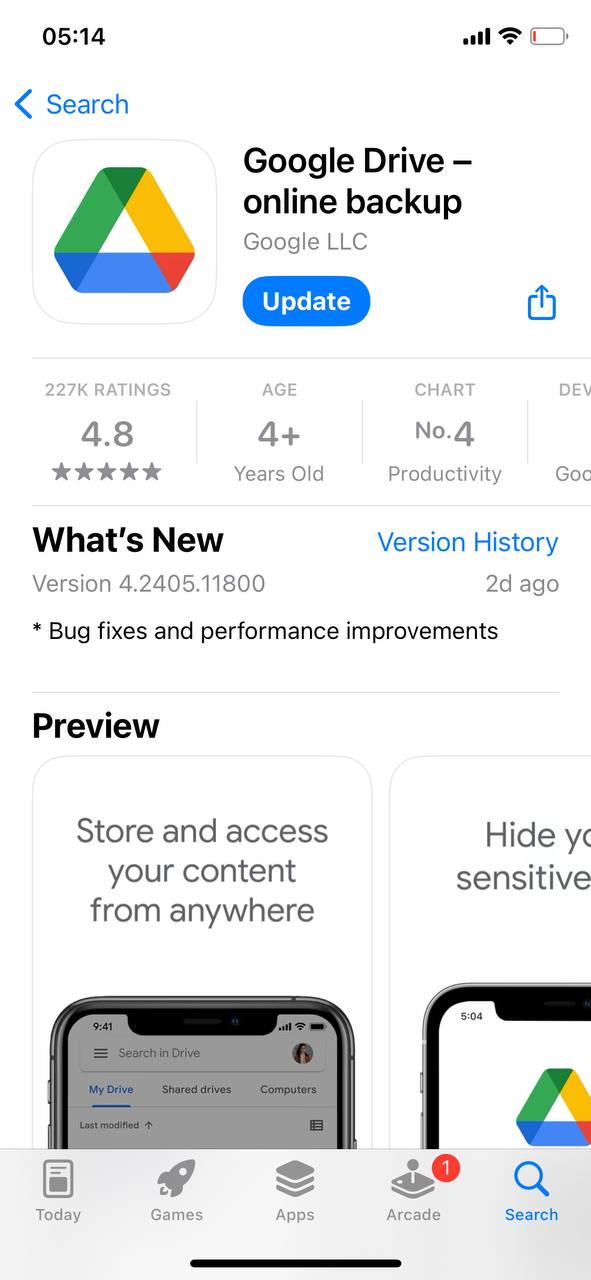
- Sign up for an account or log in if you already have one. Most services offer a basic free tier with the option to upgrade for more storage.
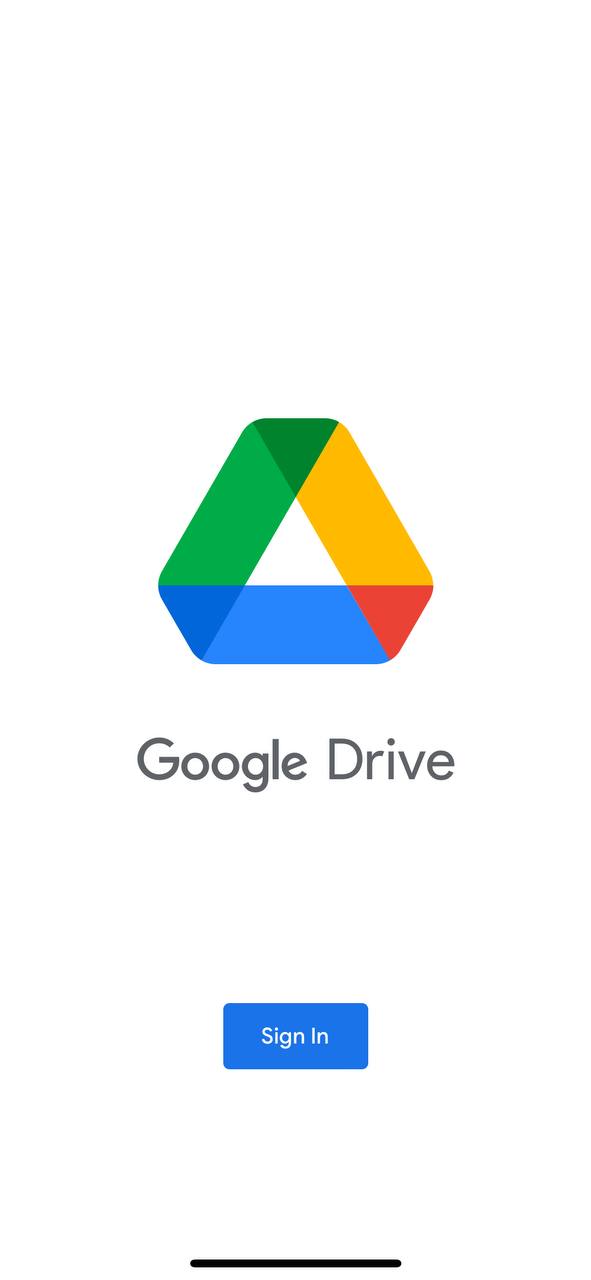
- Begin uploading your documents to the cloud. You can usually do this from within the app or by using the service’s website on a computer.

- Organize your files in the cloud. Create folders, set sharing permissions, and take advantage of collaboration features to work on documents with others in real time.
By storing your documents in the cloud, you not only save space on your iPhone but also ensure your files are backed up and accessible from any device with internet access.
Keep your iPhone Updated to Get the Latest Optimization Features
Keeping your iPhone up to date with the latest iOS version can help optimize its performance and sometimes even free up storage space due to system improvements and optimizations. Here’s how to check for and install an iOS update:
- Open the Settings app on your iPhone.

- Tap General, then select Software Update.

- Your device will check for available updates. If an update is available, you’ll see an option to Update Now.
- Tap it to start the update process. Make sure your device is connected to Wi-Fi and has enough battery charge, or plug it into a charger to ensure the update completes successfully.
- Follow any on-screen instructions to complete the installation. Your device may need to restart during the process.
Updating your iOS ensures you have the latest features and security enhancements while sometimes it also can help manage storage through system optimizations.
Adopting these practices allows you to enjoy a vast array of content and access important files without compromising your iPhone’s storage capacity.
Conclusion
Freeing your iPhone’s storage doesn’t have to mean losing what matters most to you. By following advices above, such as optimizing photos and videos, clearing out temporary data, and leveraging internet-based services, you can free up space on your phone without deleting anything important. Remember, regular maintenance and being mindful of how you store data can keep those dreaded ‘Storage Almost Full’ notifications at bay. So, embrace these practices, and enjoy a more organized iPhone, all while keeping your valuable content right where you want it – safely stored on your iPhone.
FAQ
To optimize storage on your iPhone without losing data, you can:
- Enable iCloud Photo Library: Store high-resolution photos and videos in iCloud while keeping smaller versions on your device.
- Offload Unused Apps: Remove apps while retaining their data, allowing you to reinstall them without losing any information.
- Clear Cache: Remove temporary files and app cache that accumulate over time.
- Use Cloud Services: Store documents, music, and other media in cloud services to free up local storage.
- Adopt Efficient File Formats: Use formats like HEIC for photos, which take up less space without compromising quality.
You can use iCloud to store photos and videos without them taking up space on your iPhone by enabling iCloud Photo Library with the “Optimize iPhone Storage” setting. This setting stores full-resolution photos and videos in iCloud and keeps smaller, optimized versions on your device. To enable this:
- Open the Settings app on your iPhone.
- Tap on your name at the top to access Apple ID settings.
- Select iCloud and then Photos.
- Turn on iCloud Photos and select Optimize iPhone Storage.
To clear temporary files and browsing data on your iPhone:
Safari Cache:
- Open the Settings app.
- Scroll down and tap on Safari.
- Tap on Clear History and Website Data and confirm.
App Cache:
- Go to Settings > General< > iPhone Storage.
- Select the app you want to clear the cache for.
- Tap on Offload App to remove the app but keep its data, then reinstall it to clear the cache.
Yes, some hidden storage hogs on your iPhone include:
- Message Attachments: Photos, videos, and other attachments in your Messages app can take up significant space.
- App Cache and Data: Apps like social media and streaming services can accumulate cache and offline data.
- Old Podcasts and Downloads: Unplayed podcast episodes and downloaded files from various apps can consume storage.
- Burst Photos and Screenshots: Multiple similar photos and unnecessary screenshots can occupy storage unnoticed.
- System Data: Sometimes, iOS system files and updates can take up space, which may require a system restart or update to clear.


























